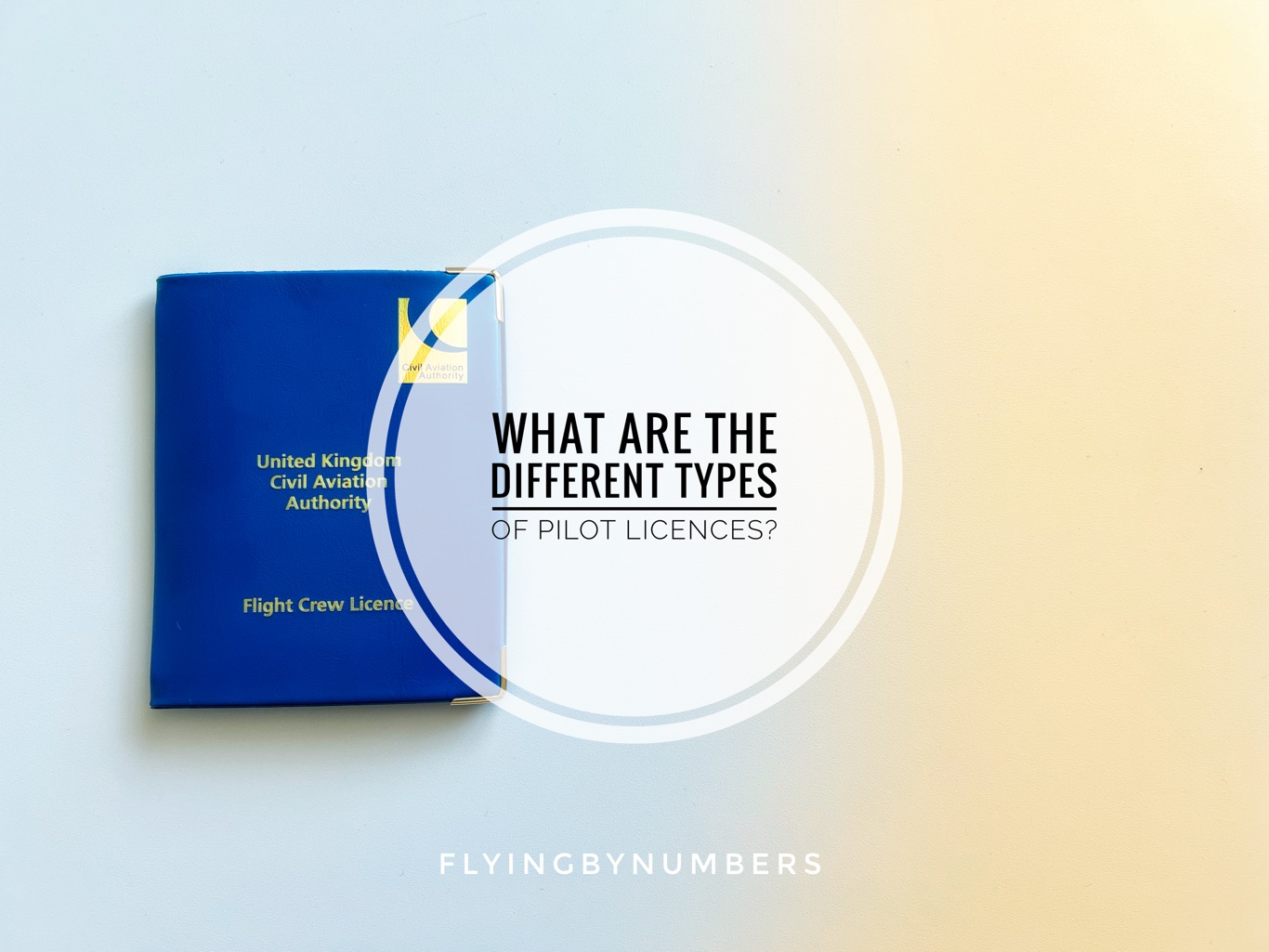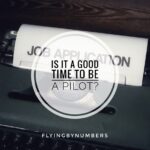The world of aviation is full of acronyms and confusing terms, and the licensing requirements are no different! An aspiring airline pilot will collect licences ranging from a PPL, CPL, potentially even an MPL, before ending up with a “frozen” ATPL and becoming available to work at an airline. So what are all these differing licences and acronyms, and what do they mean?
In the aviation industry, pilot licences can be visualised as a pyramid, each level adding complexity and privileges. At the base is the Private Pilot Licence (PPL), followed by the Commercial Pilot Licence (CPL), and at the apex is the Airline Transport Pilot Licence (ATPL). Each licence signifies a greater skill set, responsibility, and range of opportunities within the field of aviation.
In this article, we’ll have a look at the whole pyramid, and explore what each licence allows pilots to do.
Pilot Certifications: What are the differences?
Private Pilot Licence
Overview: Private Pilot Licence (PPL)
- Privileges: Allows flying light aircraft privately (not for pay).
- Hours Requirement: Minimum of 45 hours of flight training, which includes at least: 25 hours of dual instruction and 10 hours of solo flight time.
- Training Focus: Basic flying techniques, radio communications and airspace rules.
The first level, the Private Pilot Licence (PPL), is where most pilots begin. It allows for the command of small aircraft, non-commercially. While it offers the joy of flying, it does not permit the pilot to be compensated for their services. As you can image, this makes flying as an airline pilot with a PPL a bit of a non-starter!
Pilots learn about the basics of flying during ground-based theory lessons, typically alongside flying lessons. Trainees fly alongside an instructor for around 15–20 hours before being able to fly the aircraft on their own for the first time — known as “Going Solo”.
Once achieved, a PPL allows a pilot to fly simple, single-engined aircraft on good weather days. PPLs are typically used by hobby pilots, flying simply for the fun of flying, and for taking friends and family on overflights of the local area.
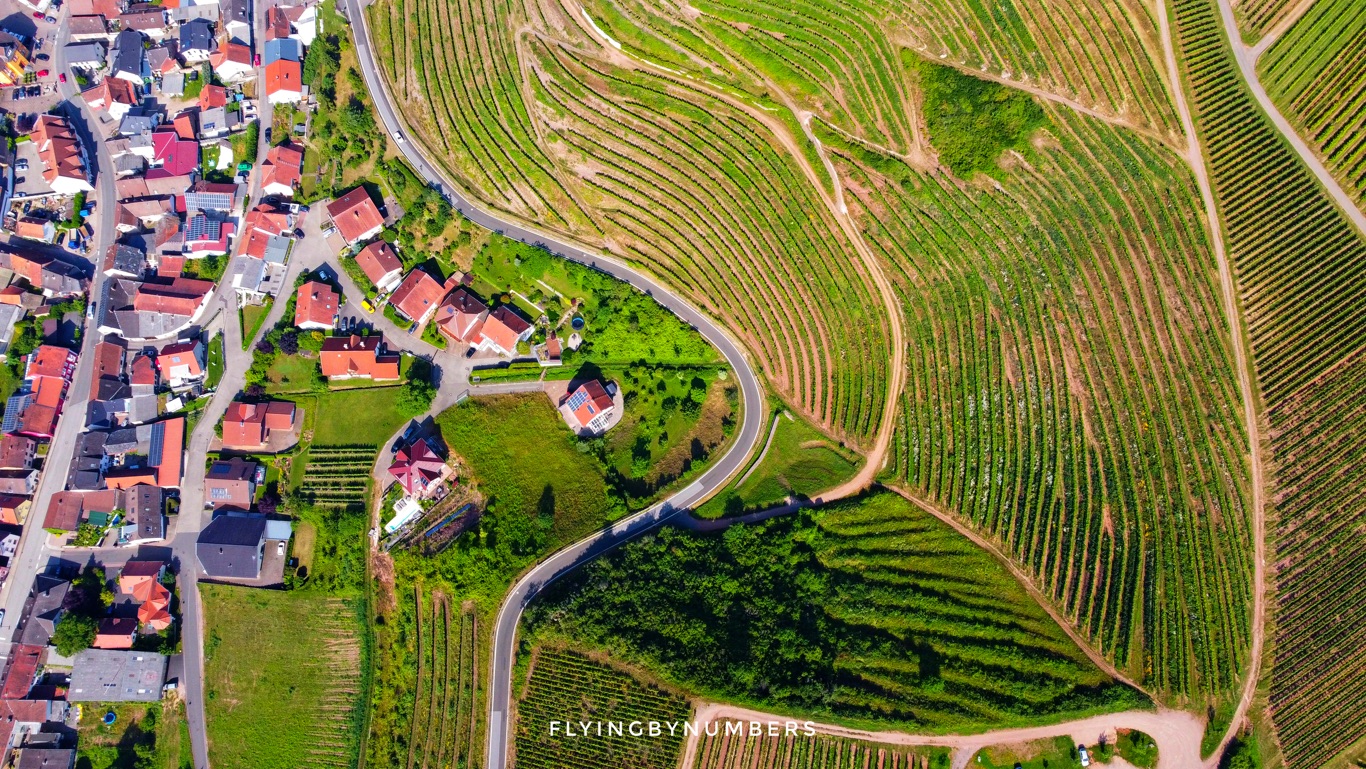
Commercial Pilot Licence
Overview: Commercial Pilot Licence (CPL)
- Privileges: Allows commercial operations without many passengers, such as aerial work, but not for airline operations.
- Hours Requirement: Typically requires: 150-200 hours total time depending on course intensity. CPL training itself involves at least 25 hours of flying.
- Training Focus: More advanced flying techniques, pilot in command decision making, and legal responsibilities
Ascending the pyramid, the Commercial Pilot Licence (CPL) builds on the PPL. It requires a higher level of expertise and typically a minimum of 250 flight hours (factoring in the hours achieved from attaining a PPL first).
Unlike the PPL, the CPL allows pilots to be compensated for their work. They can engage in activities like flight instruction, aerial tours, or cargo transport but are generally restricted from flying large airliners. Why? Well, because of the complexity of operation of airliners, to fly an airliner requires a separate Type Rating. And secondly because CPL holders can only fly up to 9 passengers.
In the journey to becoming a commercial airline pilot, a CPL is usually achieved at a similar time as pilots graduate to multi-engined flying. At this stage in their training, learning is focused on the intricacies of handling twin-engined aircraft, alongside getting to grips with faster speeds and more advanced flying techniques.

Multi-Crew Pilot Licence
Overview: Multi-Crew Pilot Licence (MPL)
- Privileges: Allows pilots to serve as co-pilots on commercial airliners, focusing solely on multi-crew operations.
- Hours Requirement: Around 240 hours of flight training, heavily focused on simulator training and multi-crew cooperation.
- Training Focus: Tailored for airline operations, with an emphasis on advanced technology and teamwork in the cockpit.
Adding another side to the aviation career ladder, the Multi-Crew Pilot Licence (MPL) is a relatively recent and specialised pathway, tailored specifically for a career in airline operations. This is a standalone course for those that wish to progress to an ATPL without obtaining a PPL and CPL in the more traditional method.
The MPL focuses on multi-crew cooperation and advanced airline operations, requiring a distinct training approach. Typically, the MPL program involves around 240 hours of flight training, blending simulator sessions with actual flight experience, emphasising teamwork and the dynamics of operating in a multi-crew airline environment.
The MPL is unique as it allows pilots to serve as co-pilots on large commercial airliners right after completion. This is because its curriculum is designed in partnership with airlines — the course is intensive and commercial-focused, equipping pilots with the skills needed for today’s technologically advanced cockpits.
However, unlike the CPL, the MPL restricts pilots to multi-crew aircraft operations only and does not permit solo flying or general aviation activities. This is often cited as a drawback of this new method of training, because if graduates fail to secure an airline job, they are left in limbo without the qualifications to fly as a CPL or even a PPL. Instead, MPL graduates will need to incur additional costs and training to obtain a commercial pilots license if they wish to undertake any other paid flying work.
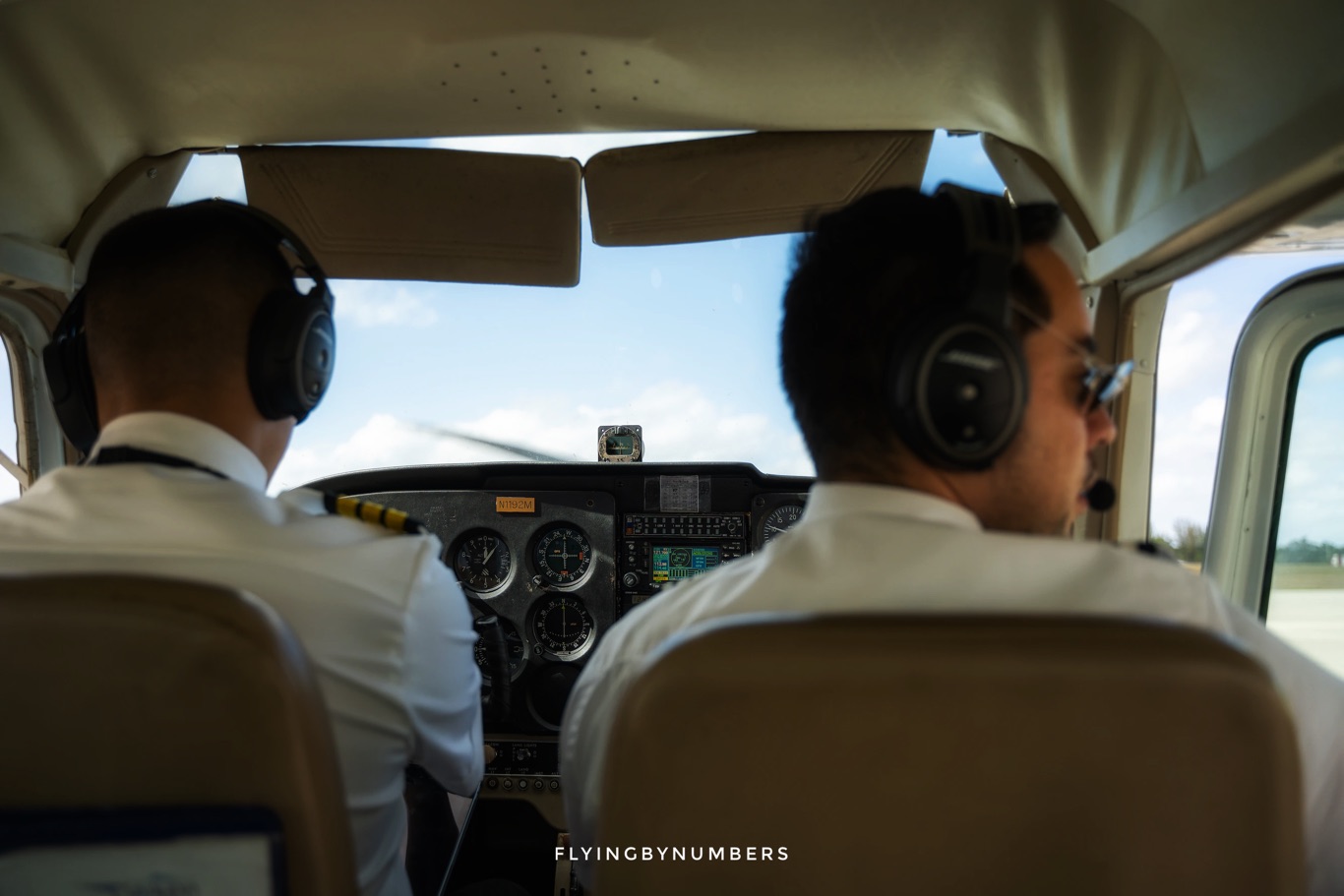
Airline Transport Pilot Licence / ‘Frozen’ ATPLs
Overview: Airline Transport Pilot Licence (ATPL)
- Privileges: Qualifies for commanding or co-piloting commercial aircraft in airlines.
- Hours Requirement: A minimum of 1,500 flight hours, including airliner experience
- Training Focus: Comprehensive training in advanced flight operations and theoretical knowledge covering topics from Air Law, to Human Performance, and Meteorology.
At the pinnacle of the pilot training pyramid sits the Airline Transport Pilot Licence (ATPL), the highest level of aircraft pilot certification. This licence is a prerequisite for pilots wishing to command aircraft in commercial air transport.
Acquiring a full ATPL involves a rigorous and comprehensive training process that typically lasts around 2 years. This includes a wide variety of experiences such as night flying, instrument flying, and piloting multi-engine aircraft. Alongside flying experience, the ground-based course for an ATPL covers advanced theoretical knowledge, including air law, meteorology, navigation, and aircraft performance. A full ATPL requires a minimum of 1,500 flight hours and a skills test on a commercial aircraft.
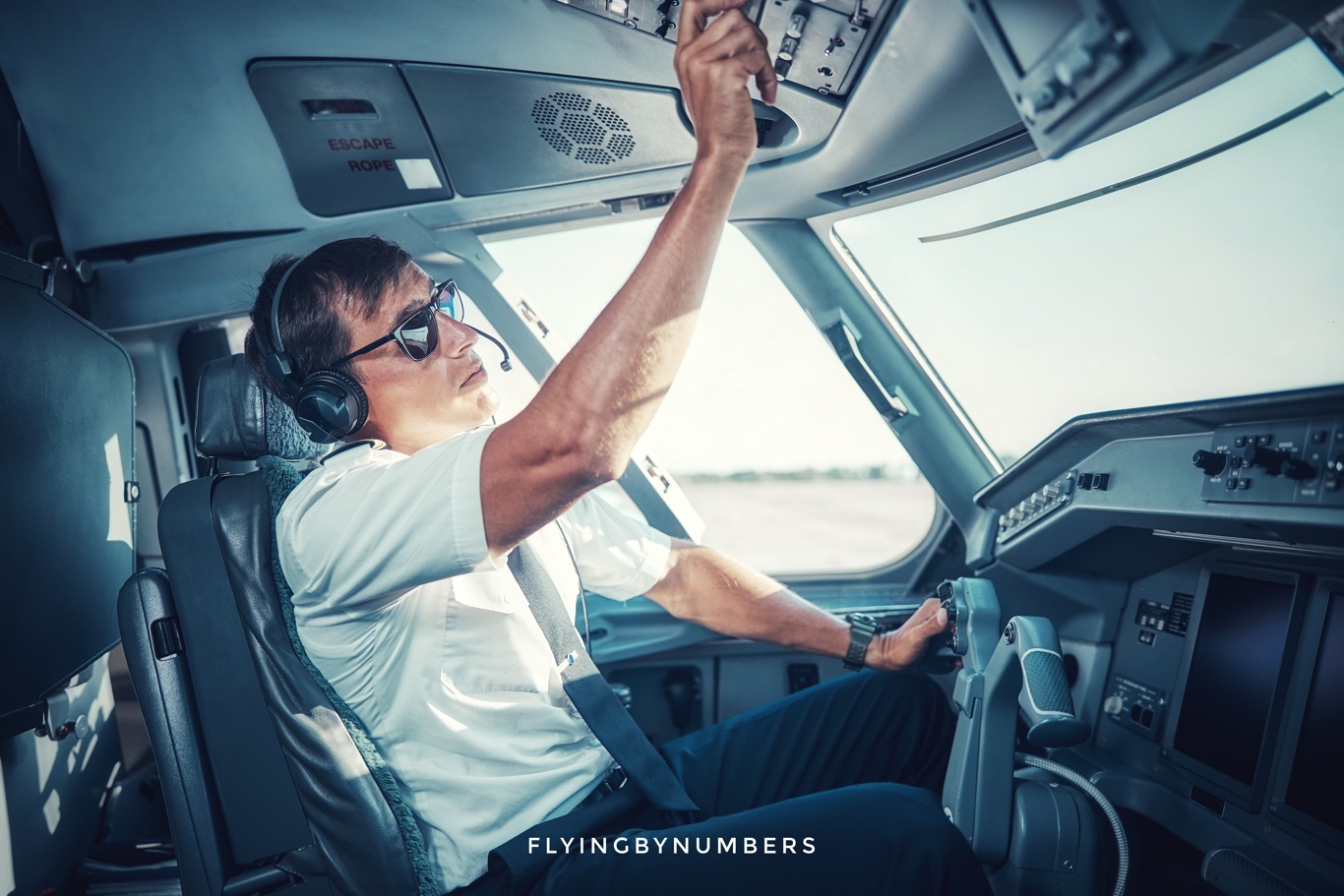
Eagle-eyed readers will no doubt have spotted a contradiction. How are pilots are expected to have experience on a commercial aircraft and to complete a skills test in a modern jet to obtain the ATPL qualification… if they aren’t allowed to fly for an airline without one? Welcome to the slightly strange concept of the frozen ATPL.
An ATPL is often referred to as ‘frozen’ until the pilot accumulates the necessary experience to undertake their skills test and become an unrestricted holder of an ATPL. When pilots initially pass all of their exams and graduate from flight training, they will have the knowledge but not the practical experience of flying for an airline. Many airlines will hire ‘Frozen’ ATPL holders, give them additional training and experience flying for them, before these pilots eventually earn their ATPL around 2 years later.
The journey to an ATPL is demanding and requires dedication and a high level of skill, reflecting the responsibility of transporting passengers safely in large and complex aircraft.
Summary
Transitioning from PPL to CPL to ATPL is a progressive climb in aviation qualifications. Each level offers broader privileges and responsibilities, from local flying for personal enjoyment with a PPL, to piloting large commercial aircraft worldwide with an ATPL.
The CPL serves as a versatile middle ground, opening professional avenues such as aerial photograph and flying up to 9 fare-paying passengers. It’s a qualification typically obtained as a stepping stone on the way to unlocking a full ATPL.
However, a newer qualification, the MPL, was designed to bring the multi-crew flying skills required in a large airliner into flying training at an earlier stage.
This MPL qualification can be thought of as a one-stop-shop qualification, and is often used by pilots who solely aspire to fly airlines, negating the need to progress through a PPL, multi-engine, and CPL, pipeline on their way. Although, as a niche qualification, pilots that fail to secure an airline job at the end may find themselves in a difficult position.
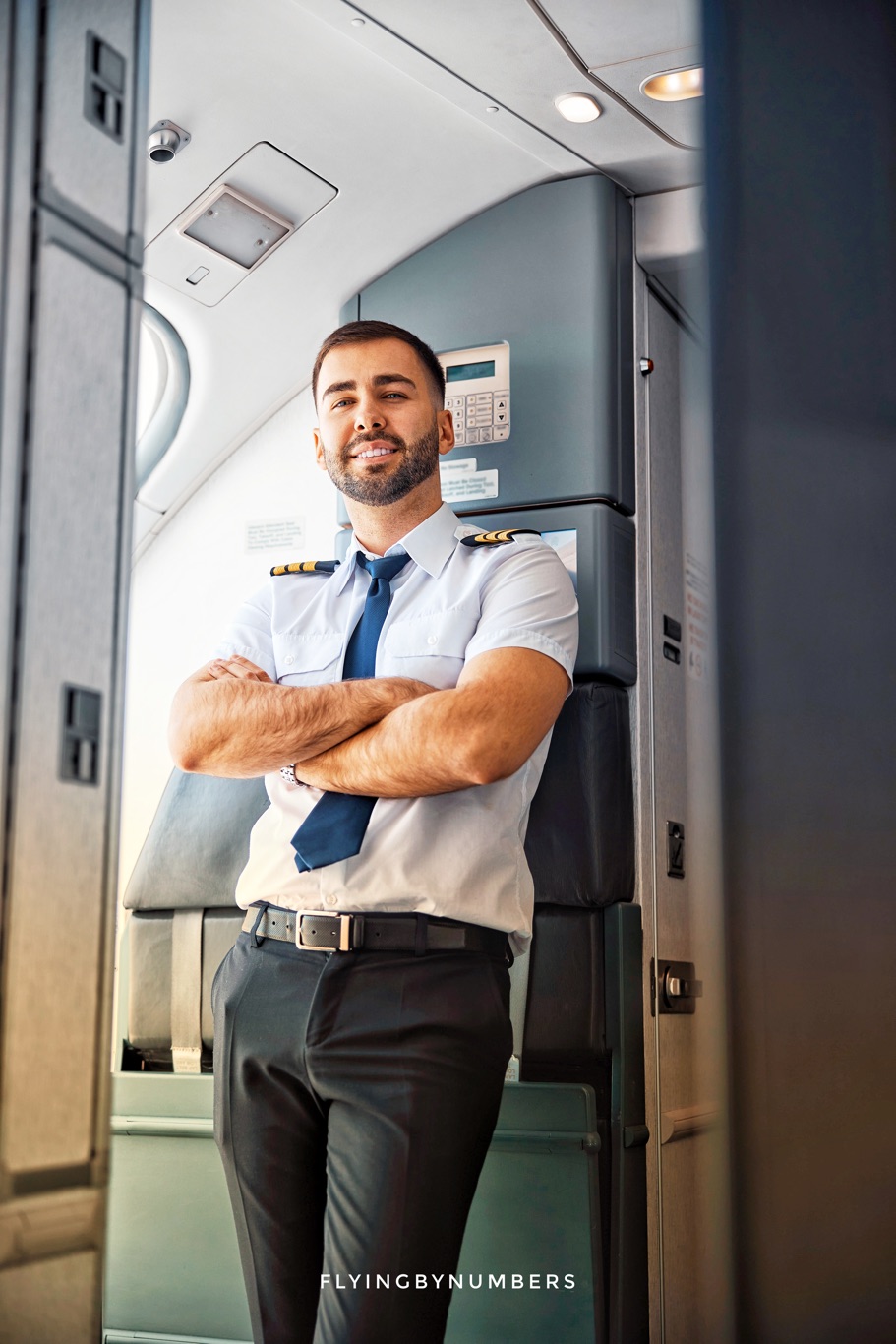
Finally, at the apex of flying licences is the ATPL. This, alongside its ‘Frozen’ variant — before pilots have airline experience — represents the pinnacle of a pilot’s career. It offers the highest level of authority and proficiency in the commercial aviation sector, and enables pilots to seek employment at airlines across the globe.
